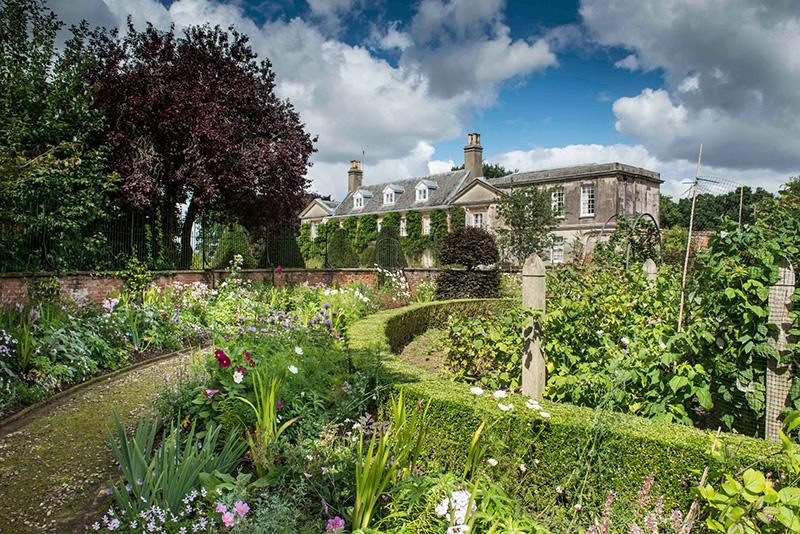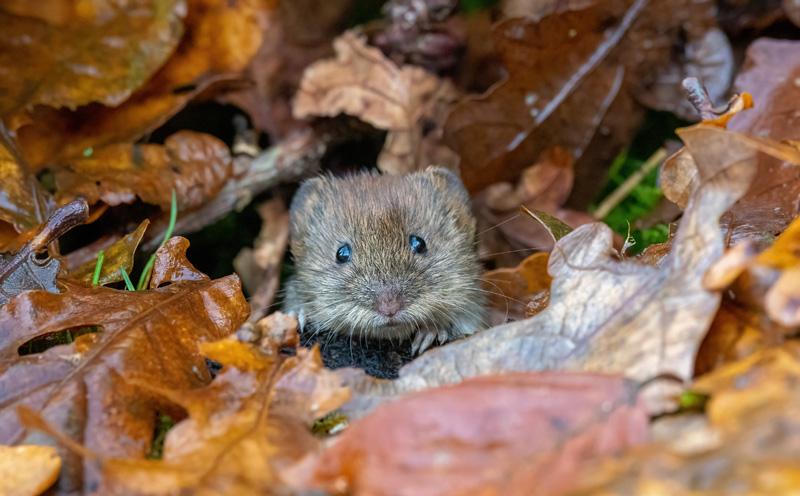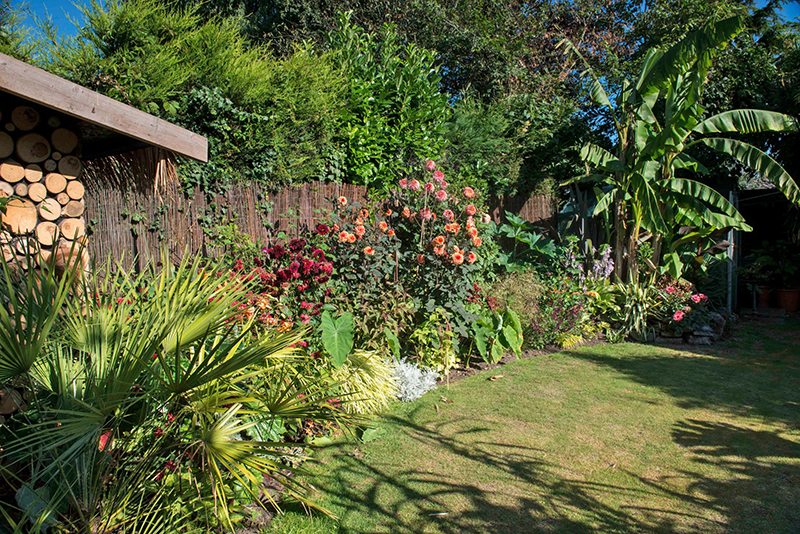CONSERVATION MANAGEMENT IDEAS FOR APRIL
This month’s conservation management ideas, provided by the RSPB, will help you plan ahead and identify specific areas of the farm that can be managed for wildlife. Areas include:
GROUND NESTING BIRDS ON ARABLE LAND
Ground nesting birds, especially lapwings, are vulnerable to cultivation, drilling and rolling operations from mid-March onwards. Birds nesting in set-aside, such as skylarks, will benefit from any delay that is possible before spraying with herbicide.
…AND ON GRASSLAND
Wherever possible, mechanical operations (e.g. muck spreading, harrowing, topping) should be timed before or after the breeding season in fields with ground-nesting birds. Hedgerows and field margins should not be disturbed between March and August to protect nesting birds.
LAPWINGS IN MAIZE
Lapwings looking for prospective nesting sites in the spring find maize stubbles, and fields cultivated in preparation for maize attractive nesting sites. However, lapwings are often still sitting when further cultivations and sowing begin in April/May, and nest losses can be high.
WILD BIRD SEED MIXTURES (OR WILD BIRD COVER)
April and May are the best months to establish seed-bearing crops to provide vital food for birds over the next two winters. Kale, cereal and quinoa are ideal components of the mix (kale only produces seed in the 2nd winter).
FERTILISER USE
Take measures to avoid fertilisers getting into hedge bases, ditches and field margins using a border disc or by adjusting the spreader.
GRAZING
Grazed pastures are a rich source of earthworms and insects for birds. Swards that vary a lot in height provide suitable habitat for many birds as, depending on their feeding requirements, some birds prefer shorter vegetation, while others prefer pastures with areas of taller vegetation.
For more information, click here. If these management ideas pose any questions, then post them on the discussion forum on www.farmwildlife.info to get your answers.









